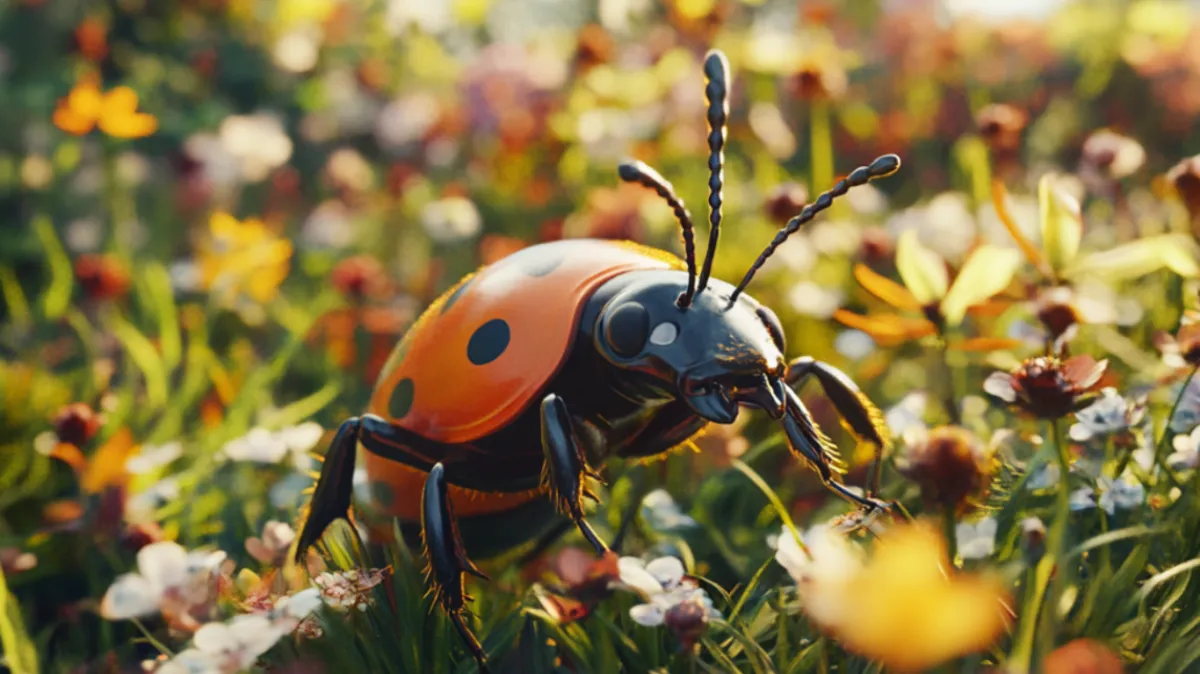
The St. Catharines Pest Journal
The St. Catharines Pest Control Journal

Blossoms Without Bugs: Enjoying a Pest-Free Spring in Hamilton
Assess and Monitor: Ensuring a Pest-Free Environment
To maintain the health and beauty of your garden throughout the spring, here's a structured approach to effectively assess and monitor for pests:
Initial Assessment:
Conduct a comprehensive examination of all garden areas at the start of the season.
Check under leaves, around plant bases, and within mulch for any signs of pest larvae or eggs.
Routine Monitoring Schedule:
Establish a weekly or bi-weekly monitoring routine to keep an eye on potential pest hotspots.
Use sticky traps or pheromone traps to detect and identify pests early.
Document Findings:
Keep a log of pest sightings and their locations to track patterns or recurrent issues.
Note the type of pest and the extent of the infestation to tailor your control strategies effectively.
Visual Inspections:
Regularly inspect the color and texture of plant leaves, stems, and flowers for any changes that may indicate pest problems.
Look for abnormalities such as holes, gnaw marks, or a sticky substance known as honeydew.
Cultivate Healthy Plants: Strengthening Your Garden's Defense Against Pests
Maintaining the health of your plants is a crucial step in preventing pest infestations. Here's how to ensure your garden remains robust and less attractive to pests:
Optimal Watering Practices:
Determine the specific watering needs of each type of plant in your garden to avoid the extremes of overwatering or underwatering.
Utilize a moisture meter or check soil moisture manually to gauge when it's time to water, ensuring you provide just enough to meet your plants' needs without excess.
Adequate Sunlight Exposure:
Position plants so that they receive the ideal amount of sunlight for their specific type, which can range from full sun to partial shade.
Regularly prune larger plants to prevent them from shading smaller plants too much, ensuring each plant receives its required sunlight.
Nutrient Management:
Test the soil to understand its nutrient content and pH level, which will guide your fertilization plan.
Use the appropriate type and amount of fertilizer based on the specific needs of your plants, applying at the right times of the year to promote healthy growth without excess.
Stress Reduction Techniques:
Implement proper pruning techniques to remove dead or dying branches and leaves, which can attract pests and disease.
Choose drought-resistant plant varieties or those appropriate for your local climate to reduce environmental stress..
Natural Deterrents: Utilizing Plant Power to Protect Your Garden
Incorporating specific plants that serve as natural pest repellents can enhance the health and beauty of your garden while providing an eco-friendly defense mechanism against pests. Here’s how you can integrate these botanical guardians into your garden strategy:
Marigolds: The Natural Underground Guard
Plant marigolds around the perimeter of your garden and intersperse them among your vegetables to repel beetles and root nematodes. Their bright blooms not only add color but also release a scent that pests find unattractive.
Consider using marigolds in container gardens to protect plants that are more susceptible to soil-borne pests.
Lavender: Aromatic Pest Control
Chrysanthemums: The Broad-Spectrum Repellent
Use chrysanthemums to deter a wide range of insects including roaches, ants, ticks, and silverfish. The pyrethrin in their flowers is a natural insecticide.
Place chrysanthemums at garden entry points and near windows or doors to prevent pests from entering indoor spaces.
Garlic: The Strong Scented Protector
Plant garlic alongside or around susceptible plants to repel aphids, beetles, and even rabbits. Its strong scent is a potent deterrent against many pests.
Garlic can also be planted in rows within vegetable gardens to provide a defense line against invasive species.
Chemical-Free Solutions: Safe and Natural Pest Control
Embracing organic and natural methods for pest control is not only safer for your garden's ecosystem but also for your family and pets. Here’s how you can effectively manage pests without resorting to harsh chemicals:
Diatomaceous Earth: The Natural Detritus
Apply diatomaceous earth around the base of plants prone to insect infestations. This fine powder is made from the fossilized remains of tiny aquatic organisms called diatoms. Its abrasive nature cuts through the exoskeletons of insects, causing them to dehydrate and die.
Use food-grade diatomaceous earth to ensure safety, especially if you have children and pets that frequent the garden area.
Insecticidal Soaps: Gentle Yet Effective
Utilize insecticidal soaps, which are made from naturally occurring plant oils and animal fats, to treat infestations of soft-bodied pests like spider mites, thrips, and aphids. These soaps work by breaking down the outer layer of pests, causing them to dehydrate.
Spray directly onto pests; these soaps are most effective when they make direct contact and are biodegradable, reducing any residual impact.
Essential Oils: Aromatic Barriers
Create a spray using essential oils such as peppermint, eucalyptus, or citrus oils to deter a variety of pests. These oils not only keep pests away but also give your garden a pleasant aroma.
Mix a few drops of essential oil with a mild soap and water to make an effective spray that is safe to use around pets and children.
You can enjoy a vibrant garden without the hassle of unwanted pests. For more detailed guidance and customized pest control solutions, visit Petty Pest Control’s website.

Schedule a Pest Inspection
Ready to schedule a pest inspection? Contact us today.

